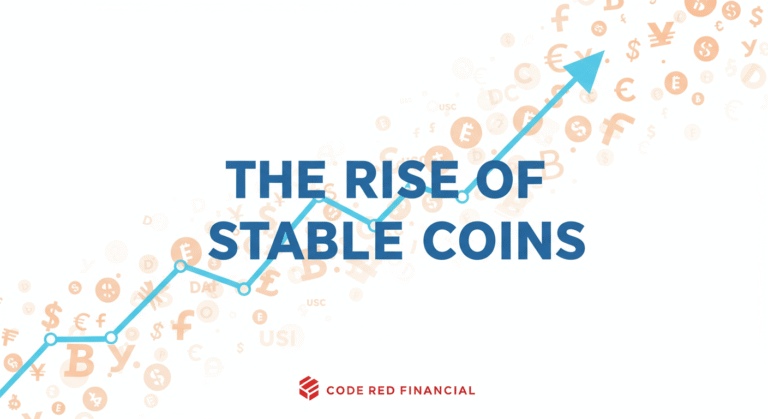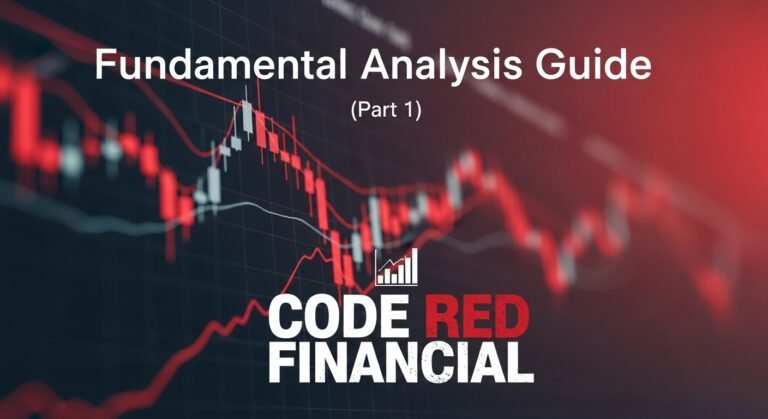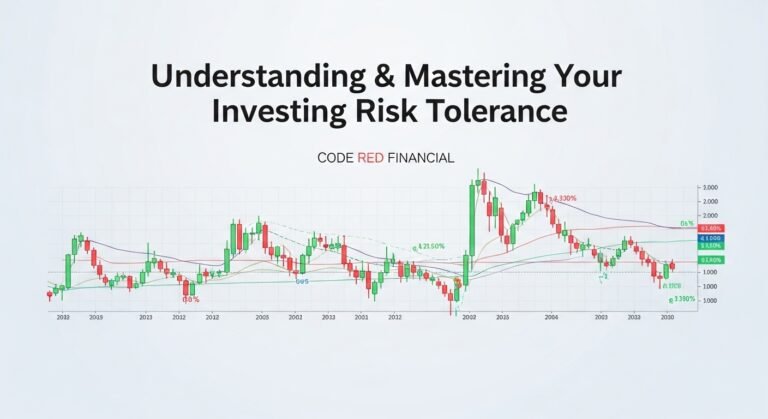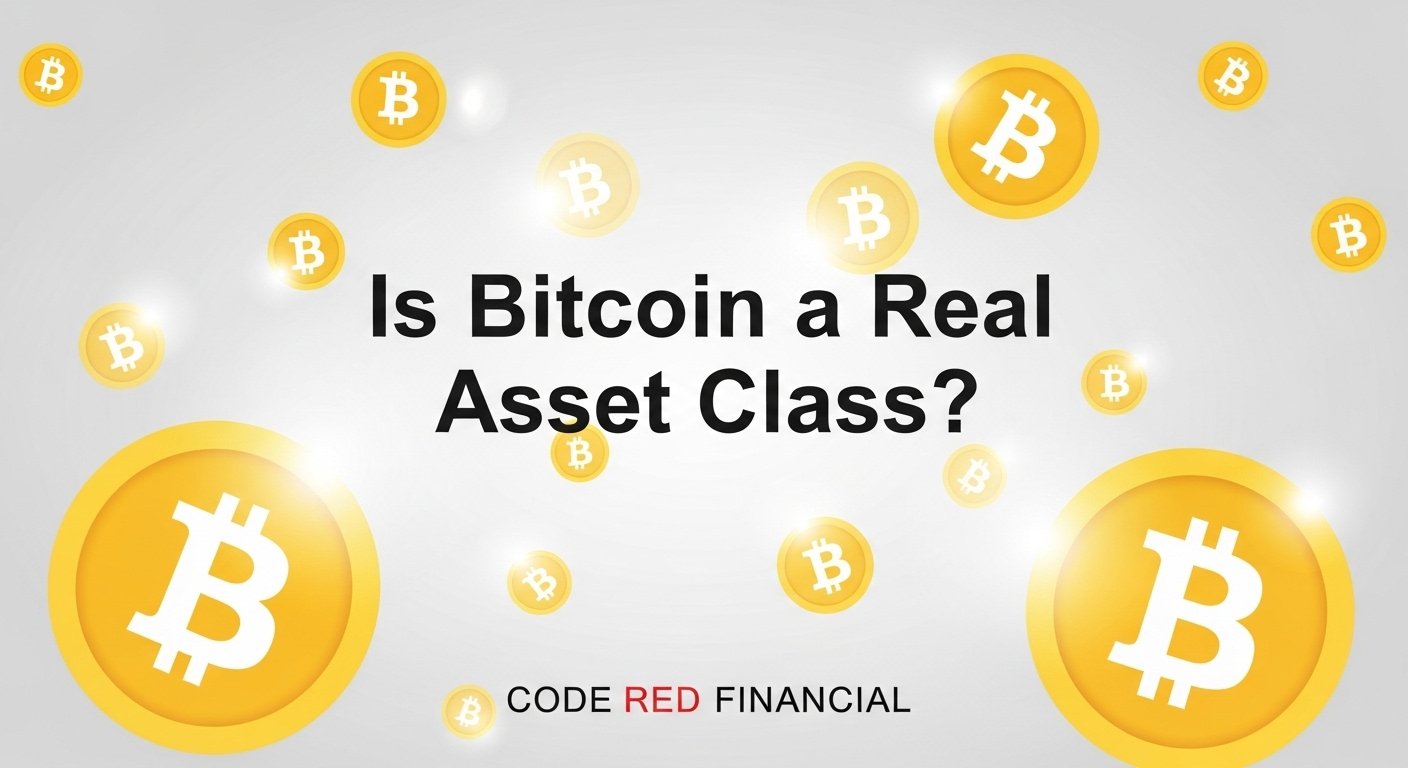
The Hype is Real
As an early Bitcoin investor, I have a foot firmly planted in the revolutionary world of cryptocurrency. I’ve been there since 2012, watching the grand experiment unfold, and I’m even in the early stages of developing a platform leveraging the power of blockchain technology. This isn’t a luddite’s skeptical diatribe; it’s a veteran’s genuine question: Is Bitcoin truly an asset class, or are we simply succumbing to a well-marketed narrative?
The fervor around Bitcoin often resembles a groupthink mentality, an uncritical acceptance of the “digital gold” mantra. It’s easy to get swept up in the evangelism and overlook the foundational characteristics that define a traditional, investable asset. Let’s peel back the layers and engage in a truly rational analysis.
The Scarcity Argument: Necessary, but is it Sufficient?
The most frequently cited justification for Bitcoin’s value as an asset is its algorithmic scarcity: a finite cap of 21 million coins. Proponents often present this as the unassailable pillar of its store of value proposition, drawing parallels to precious metals like gold. But how robust is this argument, really?
Scarcity is certainly a necessary condition for value, but it is far from sufficient. The hard truth is that the technical barrier to creating a similar, scarce digital token is, today, extremely low. Countless other cryptocurrencies have emerged, many with even lower supply caps or more complex tokenomics designed to emulate scarcity. The original scarcity argument, while technically true for Bitcoin, is largely nullified by the ease of creating scarcity competition.
The argument then shifts from “it is scarce” to “it is the most adopted scarce digital asset.” This is where the network effect comes into play. Bitcoin’s value today is a function of its history, brand recognition, and the massive infrastructure—miners, developers, exchanges, and holders—that has coalesced around the original protocol. It’s not just the code that matters; it’s the social consensus and the depth of the network itself. Yet, if network effect is the primary driver of value, are we not investing in a brand rather than a fundamentally productive asset?
Defining an Asset Class: The Traditional Metrics
To be considered a true asset class, an investment vehicle should typically possess several key characteristics:
- Fundamental Value: Does the asset generate intrinsic cash flow, produce a consumable good, or have an essential industrial use?
- Store of Value: Does it reliably maintain purchasing power over a long period, especially through inflationary cycles?
- Distinct Risk/Return Profile: Does it exhibit a correlation with other asset classes (like stocks and bonds) that offers genuine diversification?
The Cash Flow Conundrum
When you buy a stock, you own a slice of a company that generates profit (cash flow). When you buy a bond, you receive regular interest payments (cash flow). When you buy real estate, you can earn rental income (cash flow). What cash flow does Bitcoin generate for the holder? None.
Like gold, Bitcoin is a non-cash-flow-generating asset. Its value is derived entirely from the market’s collective belief that someone else will pay a higher price for it in the future—the quintessential definition of a speculative asset. Gold, at least, has industrial uses in electronics and jewelry. Bitcoin’s primary utility is as a decentralized, censorship-resistant payment rail and a supposed store of value. If its “store of value” function is only maintained by continuous speculative demand, that is a risk factor in itself.
The Volatility Hurdle
While Bitcoin bulls argue its volatility is a function of its nascent maturity, the dramatic price swings make it challenging to fulfill the traditional definition of a reliable store of value. A true store of value is meant to preserve wealth, not subject it to whipsawing 50%+ drawdowns in a short period. While historical returns have been spectacular, the journey has been anything but smooth, often mirroring the risk-on behavior of technology stocks rather than the safe-haven properties of a true inflation hedge.
Diversification and Correlation
Initially, Bitcoin was heralded as a perfect portfolio diversifier due to its purported uncorrelation with traditional markets. However, in recent years, particularly during periods of macroeconomic stress, Bitcoin’s price has often moved in tandem with risk assets like the Nasdaq. When the market fears a recession or inflation, there are periods where everything is sold off together, undermining the idea of guaranteed diversification. The evidence is increasingly suggesting that while it operates on a completely different technology stack, its investor psychology is deeply linked to the broader speculative technology sector.
The Technological Reality vs. The Investment Thesis
It would be a mistake to disregard the monumental achievement of Bitcoin and the underlying blockchain technology. It is Fintech—financial technology—that has already transformed and will continue to transform the world of finance and virtually every industry imaginable.
The capabilities of decentralized ledgers, especially when integrated with Artificial Intelligence (Gen AI), are profound. Imagine a future with seamless, transparent supply chains, near-instantaneous global payments, and significantly reduced white-collar fraud due to immutable records. This technological revolution will increase efficiency, mitigate fraud, and positively impact society.
However, the question for this article remains: Does the technological brilliance of the underlying blockchain automatically confer “asset class” status on the Bitcoin token itself?
Network Efficiency: The Old Guard’s Weakness
The technological case for Bitcoin itself is not flawless. Many newer blockchain platforms offer faster transaction speeds and lower fees—often cited criticisms of the Bitcoin network. Even with the Lightning Network solution, Bitcoin is simply not the most efficient digital platform for high-frequency transactions. Its primary strength lies in its security and decentralization, achieved through its massive, energy-intensive Proof-of-Work system.
In essence, Bitcoin has traded maximum efficiency for maximum security and immutability. This is a powerful feature for a “store of value” where security is paramount, but it reinforces the idea that its utility is narrowly focused on being a secure, slow settlement layer, rather than a versatile digital currency.
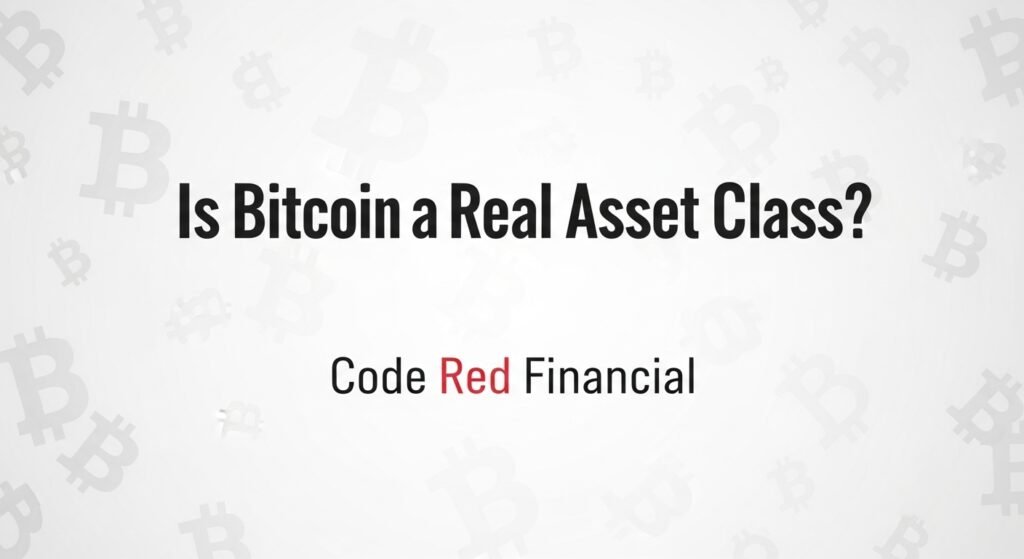
The Verdict: A New Category, Not an Old One
Ultimately, trying to stuff Bitcoin into the neat, pre-existing boxes of “currency,” “commodity,” or “equity” is an exercise in futility. It is undeniably something new.
The most accurate and responsible classification for Bitcoin, for now, is likely a Speculative Digital Store of Value or, most inclusively, an Emerging Asset Class. At the time of completing my research for this article, the price of one Bitcoin stood at over $108,000 per coin—approximately a 12% decline from the more than $124,000 recorded a week and a half earlier. Still, this represents an exponential increase compared to its value at this time in 2024, and a significant price increase since my first purchase over a decade ago.
- It’s Speculative: Its price is currently dominated by forward-looking expectation rather than intrinsic cash flow. The market is pricing in future adoption as a global, non-sovereign reserve asset.
- It’s a Digital Store of Value: Its core value proposition is its provable scarcity, un-censorability, and decentralization—qualities that position it against government-issued fiat currency inflation and seizure risk.
- It’s an Emerging Asset Class: As institutional adoption grows (e.g., via exchange-traded products), regulation clarifies, and its market capitalization matures, it will increasingly command dedicated portfolio allocation and research, solidifying its status as a distinct class.
As a long-time participant in this space, I hold onto my Bitcoin not just for the potential return, but as a hedge against the failures of the traditional financial system. Yet, it’s vital for new and veteran investors alike to recognize the distinction: we are not buying a traditional, time-tested asset; we are consuming a narrative about future financial technology, anchored by the first and most secure digital network.
Invest with awareness, not with groupthink. The question isn’t whether Bitcoin’s technology is revolutionary—it is. The question is whether its digital coin yet meets the traditional, rational bar for an asset class. The answer, for now, is that it’s still writing its own definition.
Disclaimer: This article is for informational purposes only and does not constitute financial or investment advice. Consult with a qualified 1 financial advisor or tax professional before making any decisions about your investments or retirement accounts


